The Philippines, a nation brimming with cultural richness and traditions, beckons travelers from around the globe with its dazzling array of festivals. To travel to the Philippines, a Philippines visa is required. The specific type of visa you need will depend on the purpose of your visit, whether it's for tourism, business, work, or any other reason.
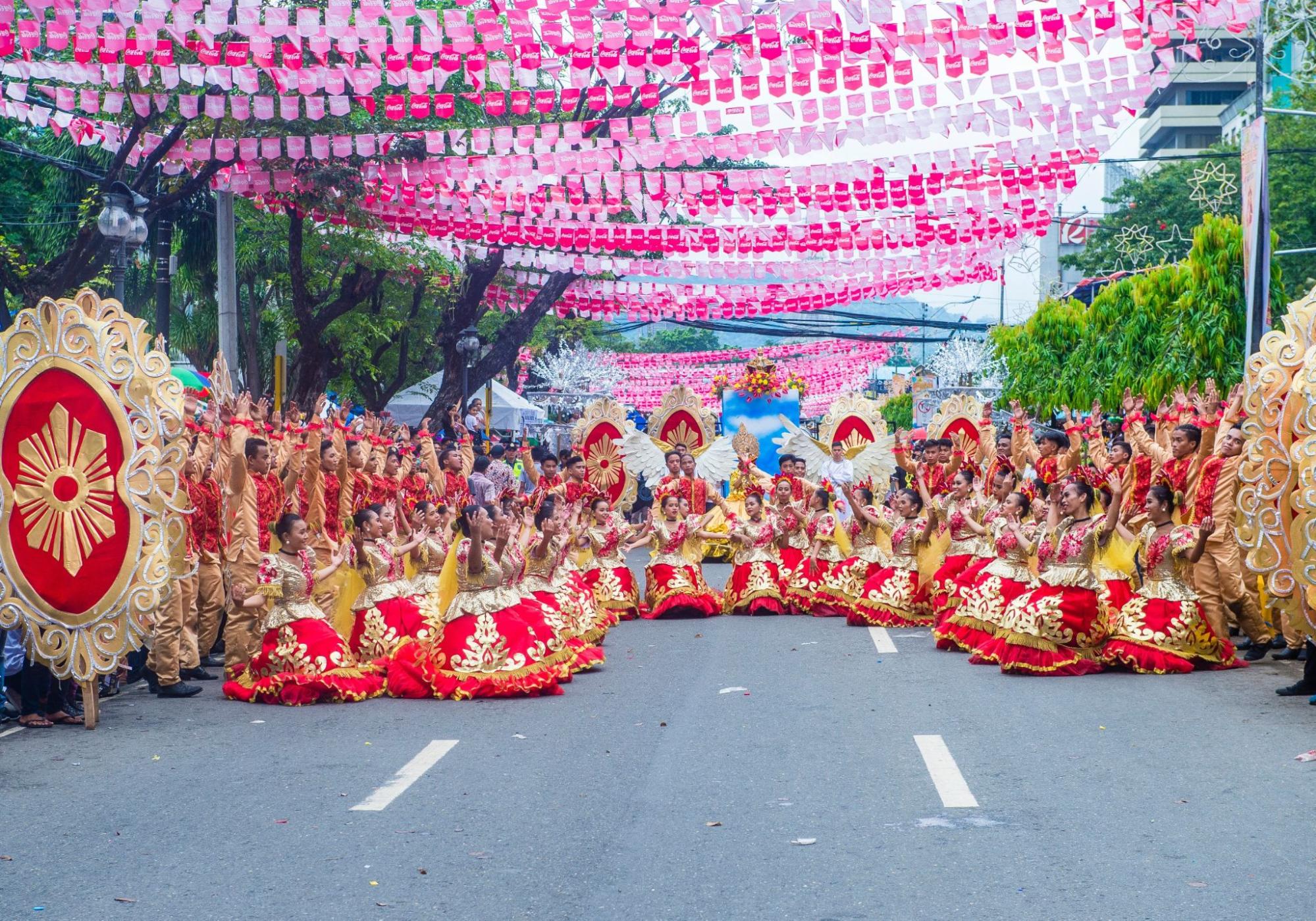
Spanning from north to south, these celebrations offer an immersive glimpse into the unique customs and practices of each region. Here, we delve into the top festivals in the Philippines that consistently captivate tourists.
1. Ati-Atihan Festival (Aklan)
Date: January
The Ati-Atihan Festival, an annual extravaganza in Aklan, is a harmonious blend of indigenous and Catholic cultures. This celebration of the local Ati tribe's customs and traditions features vibrant parades, traditional dances, and musical performances.
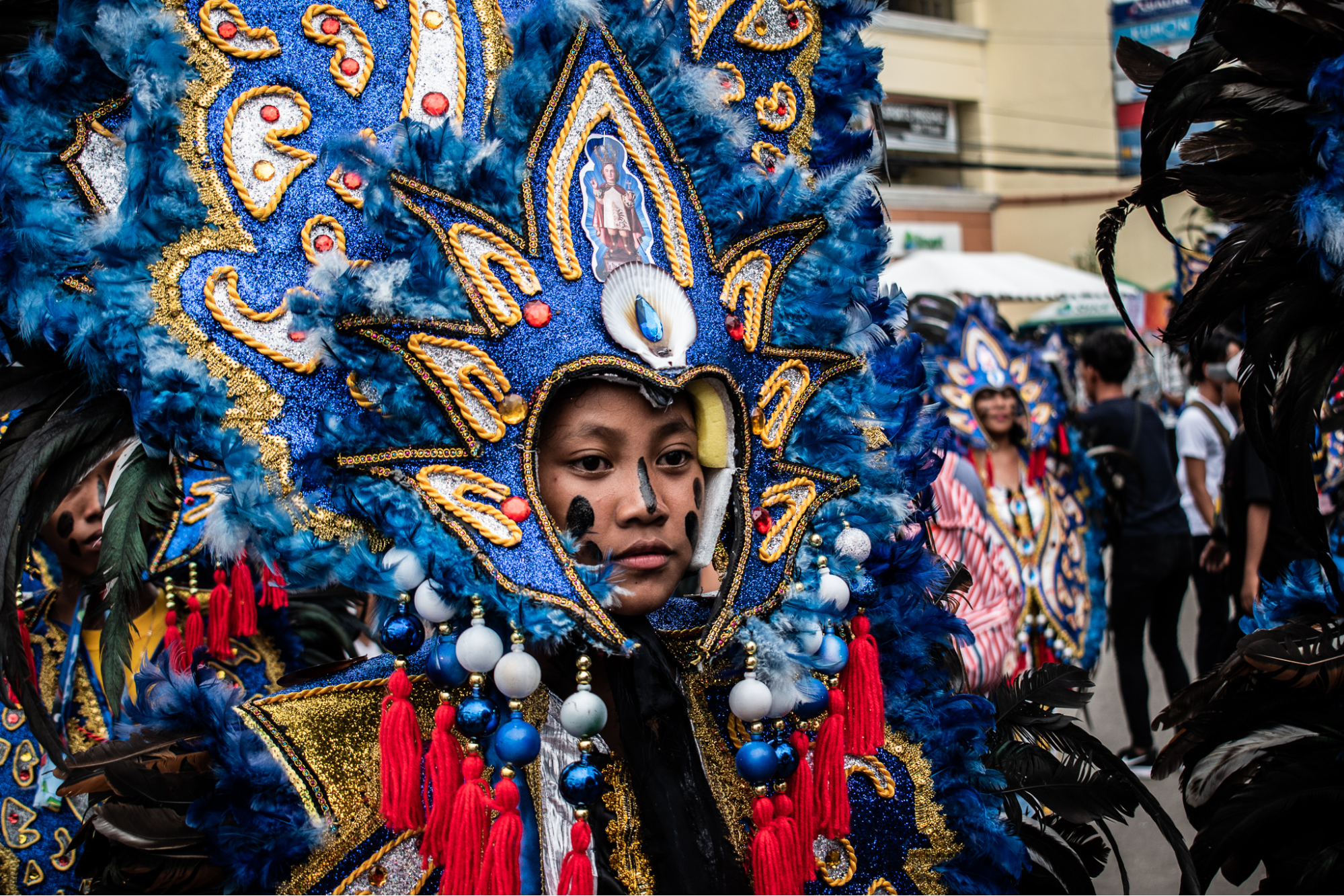
A religious aspect includes a procession of participants donned in indigenous costumes and masks, paying homage to the Sto. Niño (Holy Child), the festival's patron saint. With thousands of visitors attending each year, Ati-Atihan is a unique tribute to Aklan province's rich heritage and culture.
2. Sinulog Festival (Cebu)
Date: Third Sunday of January
Cebu's Sinulog Festival is a grand celebration honoring the Santo Niño, an icon symbolizing the Child Jesus. This vibrant festival includes a magnificent parade, mesmerizing street dancing, and solemn religious ceremonies.

The Sinulog Dance, a spirited performance by participants clad in traditional Cebuano attire, is a major highlight. Sinulog also offers cultural performances, delectable food fairs, and live music, making it a major attraction in Cebu.
3. Kadayawan Festival (Davao)
Date: August
The Kadayawan Festival in Davao City showcases the culture and heritage of indigenous tribes in the region. With vibrant street dances, parades, and exhibits highlighting local traditions, this festival is a celebration of nature's bounty and the indigenous way of life.
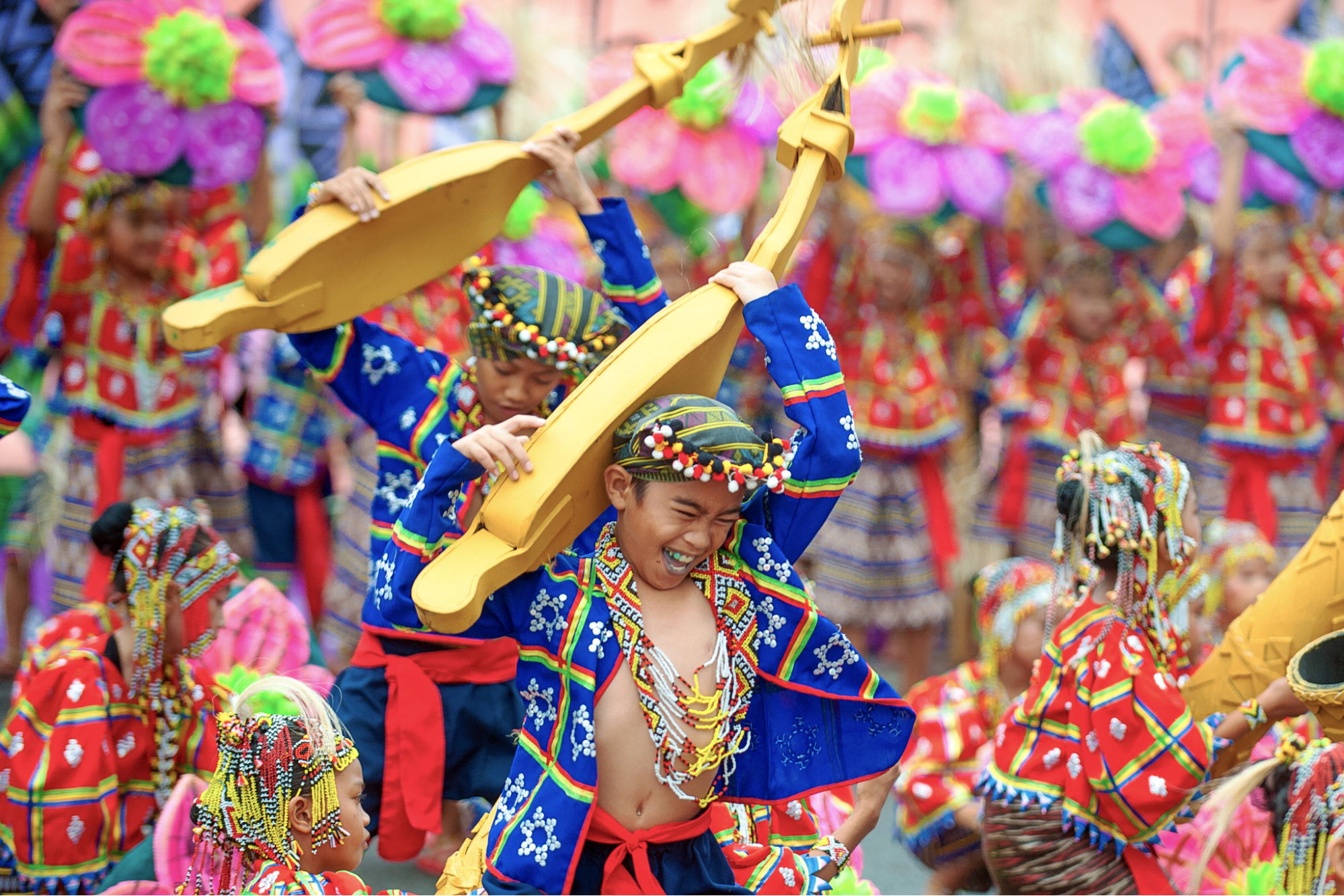
The "Indak-Indak sa Kadalanan" street dancing competition is a major draw. The festival also features events like the "Hiyas ng Kadayawan" beauty pageant and the "Pamulak sa Kadayawan" floral and fruit float parade, attracting visitors from across the country and the world.
4. MassKara Festival (Bacolod)
Date: October
Bacolod City's MassKara Festival pays homage to the city's culture and history with lively street dances, parades, and competitions featuring intricate costumes and masks.
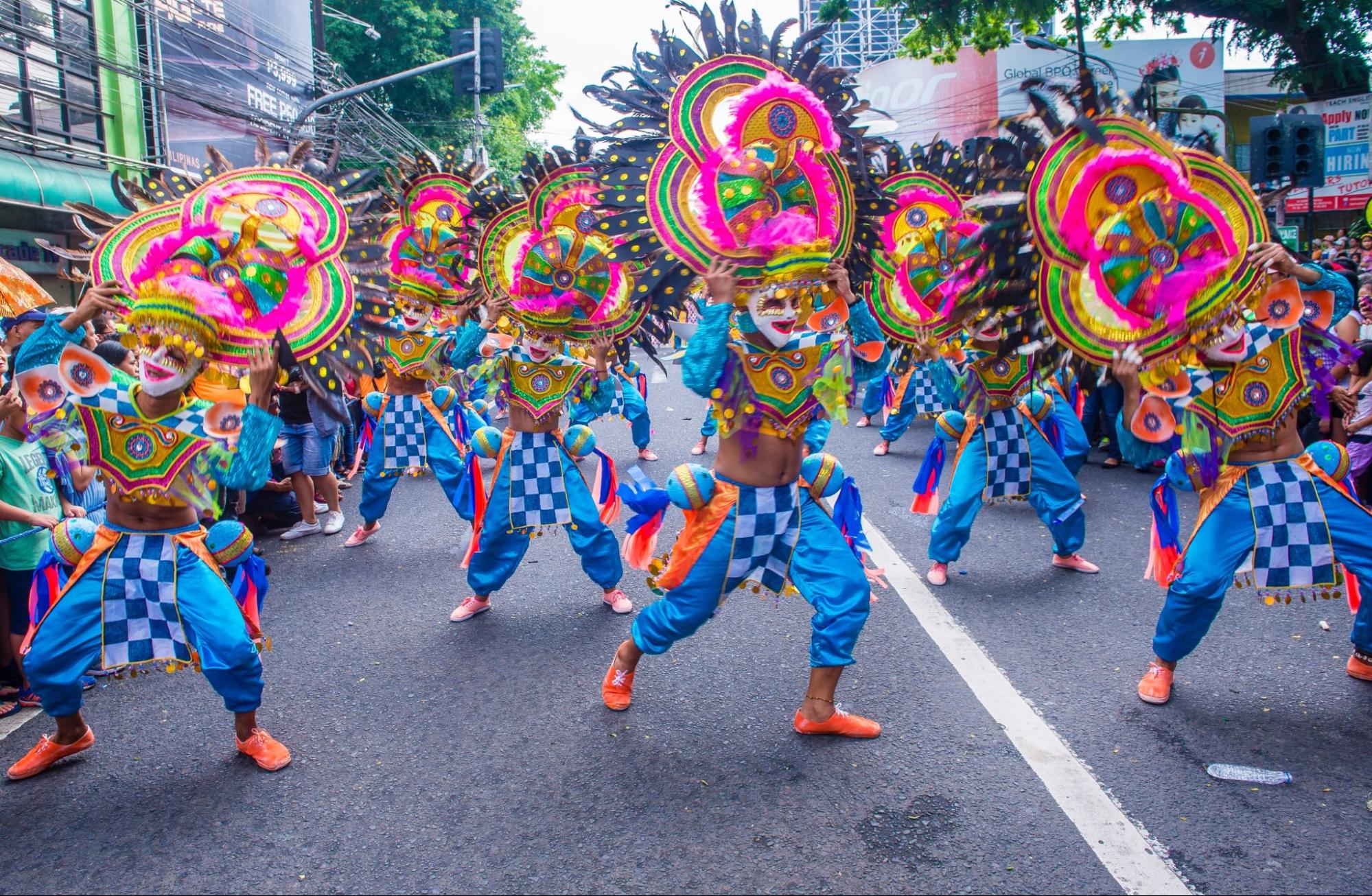
Live music, food vendors, cultural displays, and entertainment enhance the festival's appeal. Held in October, MassKara is a magnet for both locals and tourists, creating a memorable experience.
5. Pahiyas Festival (Quezon)
Date: May 15
The Pahiyas Festival in Lucban, Quezon, honors San Isidro Labrador, the patron saint of farmers. It is famous for elaborate decorations crafted from agricultural products, including rice stalks, fruits, and vegetables.
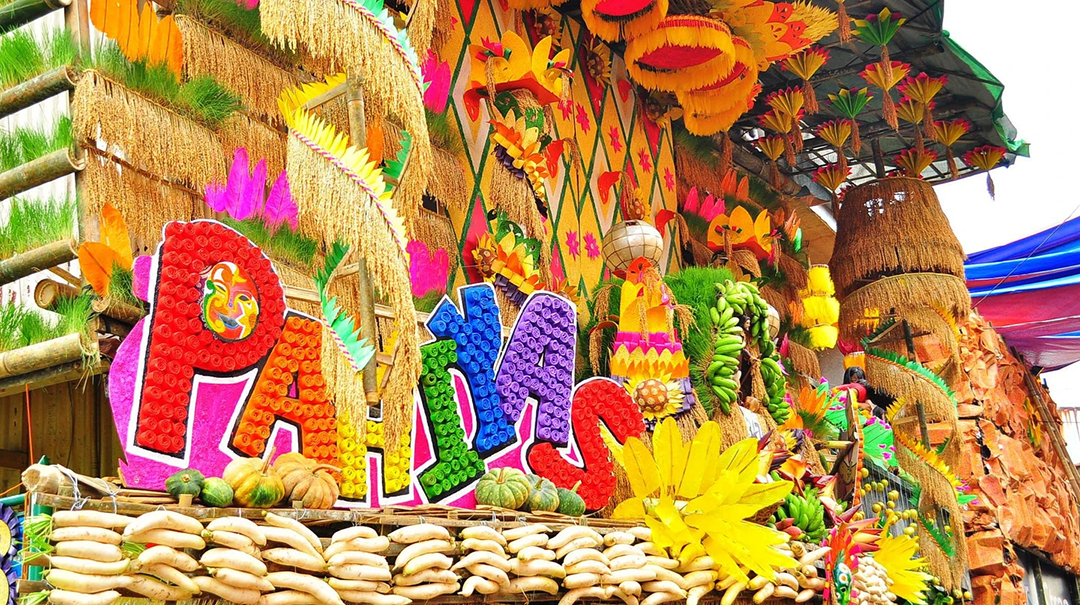
Colorful kakanin (rice cakes) line the streets, while locals compete to create intricate displays. Pahiyas also includes parades, dances, cultural performances, and traditional delicacies, making it a beloved tourist attraction.
6. Dinagyang Festival (Iloilo)
Date: Fourth Sunday of January
Iloilo City's Dinagyang Festival commemorates the arrival of Malay settlers and the conversion of indigenous Ati people to Christianity. It features captivating street dance competitions with participants in colorful costumes, body paint, and choreographed dances to the beat of drums.
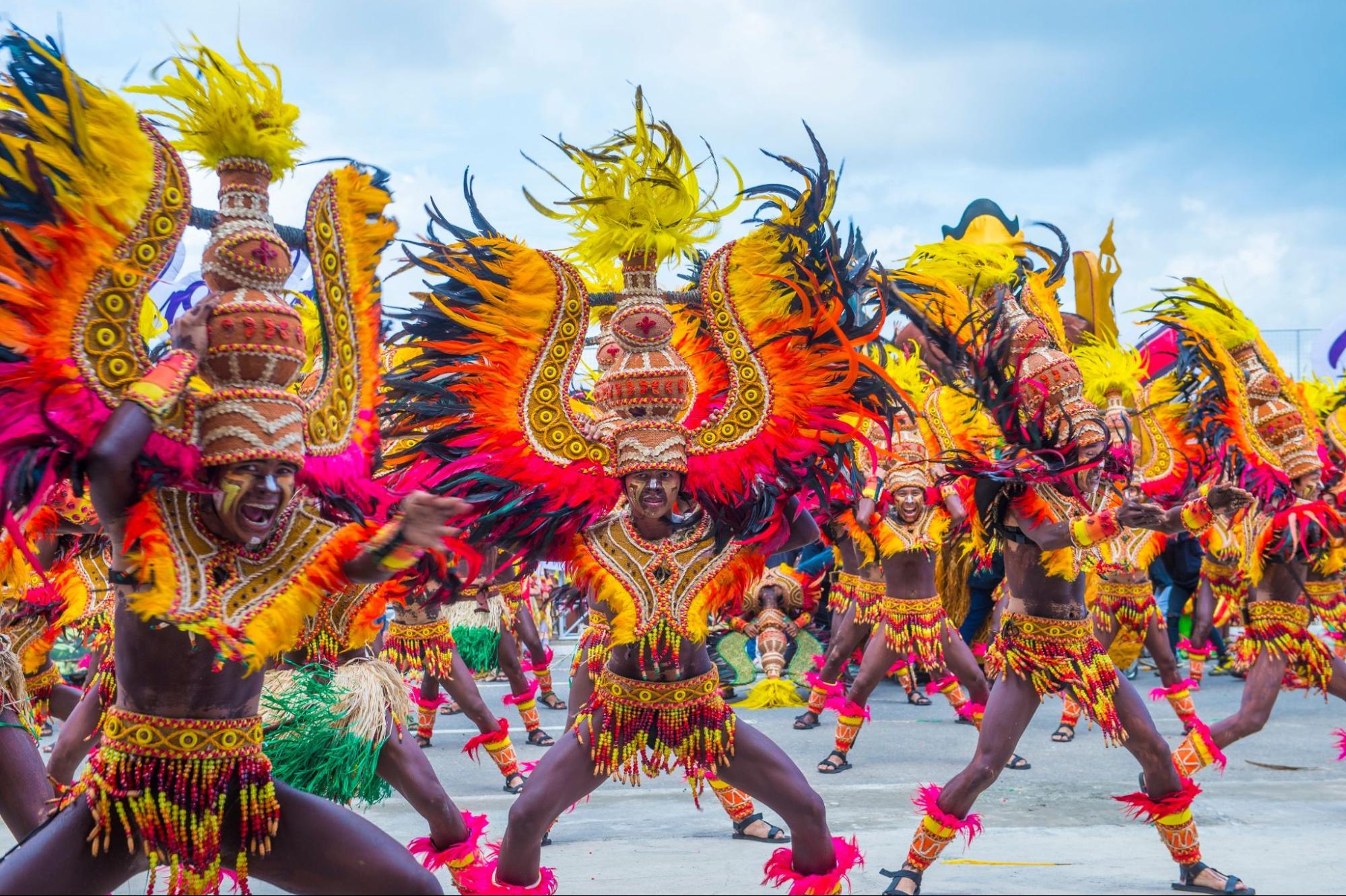
Dinagyang also includes a religious procession, a reenactment of the Ati-Atihan, and various activities like food fairs and parades. It serves as a vibrant testament to Iloilo's rich culture and history, attracting thousands of global tourists annually.
7. Moriones Festival (Marinduque)
Date: Holy Week
The Moriones Festival, held during Holy Week on Marinduque Island, commemorates the conversion of Saint Longinus, a Roman soldier, to Christianity. Participants, known as "Moriones," wear colorful costumes, masks, and carry wooden spears and shields, reenacting the story of Saint Longinus.
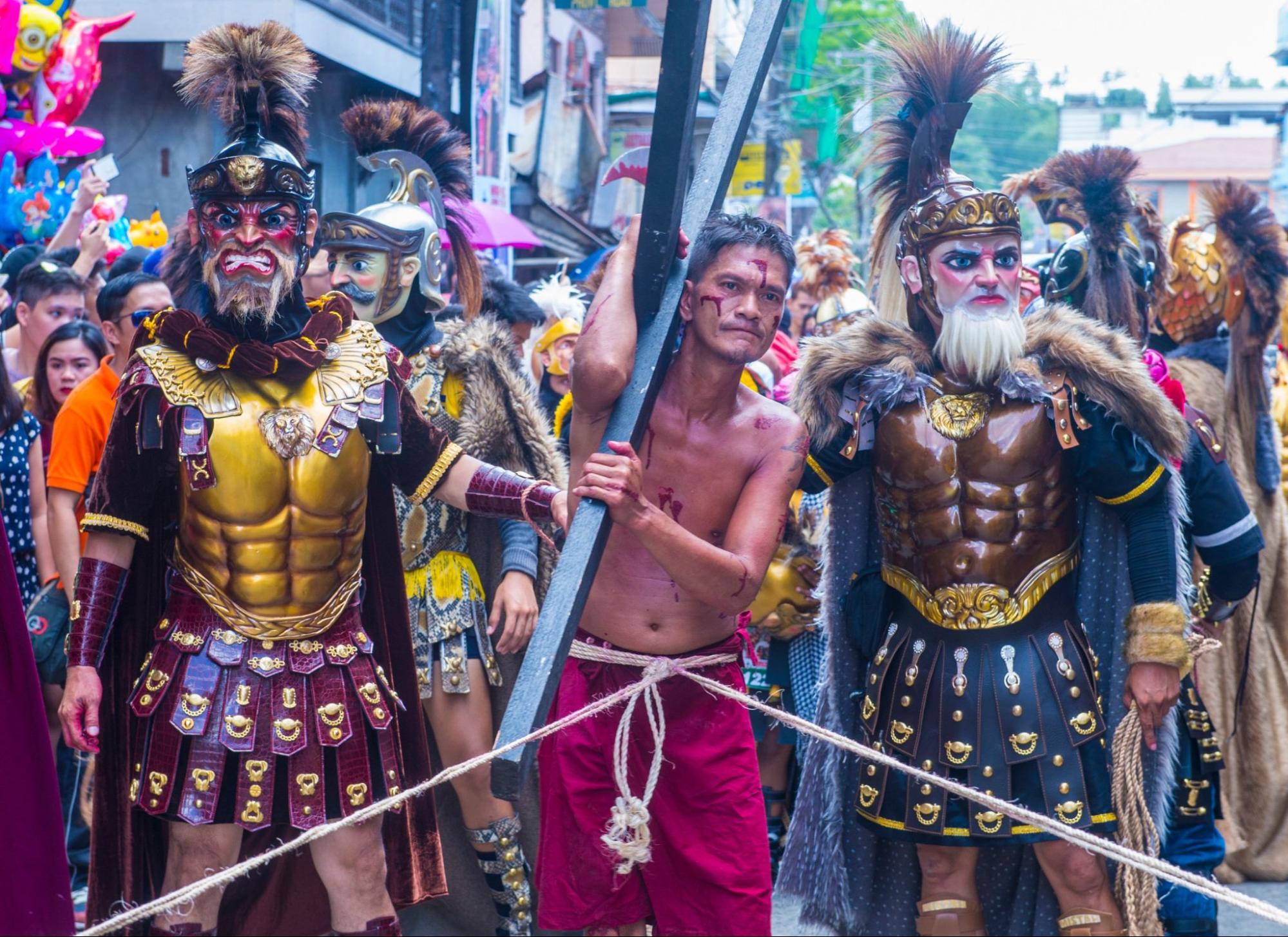
The festival features a reenactment of the Passion of Christ, processions, and a quest to find the hidden "Longinus" figure. The Moriones Festival draws numerous visitors from the Philippines and beyond, making it a significant cultural and religious event for Marinduque.
8. Panagbenga Festival (Baguio)
Date: February
The Panagbenga Festival, or Baguio Flower Festival, showcases the city's abundance of flowers and promotes tourism.
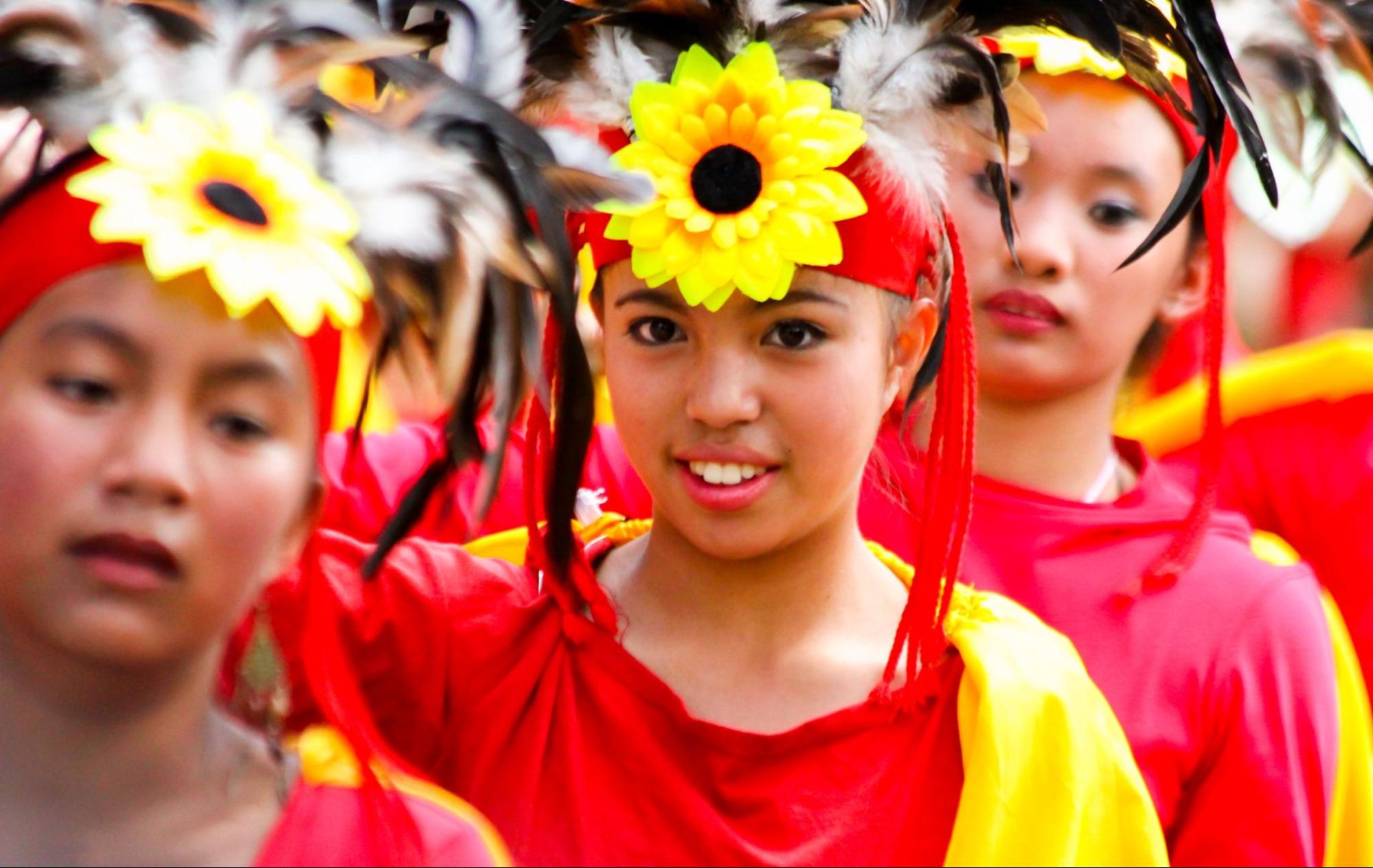
The festival boasts a parade of floral floats, a street dance competition, and various cultural performances. "Panagbenga," meaning "season of blooming" in the Kankanaey dialect, is a major event in Baguio City, attracting both local and international tourists.
9. Pintados-Kasadyaan Festival (Leyte)
Date: June 29
The Pintados-Kasadyaan Festival in Leyte honors Sr. Santo Niño, the province's patron saint. It features a parade of heavily tattooed participants known as "Pintados" and a street dance competition with traditional dances in vibrant costumes.
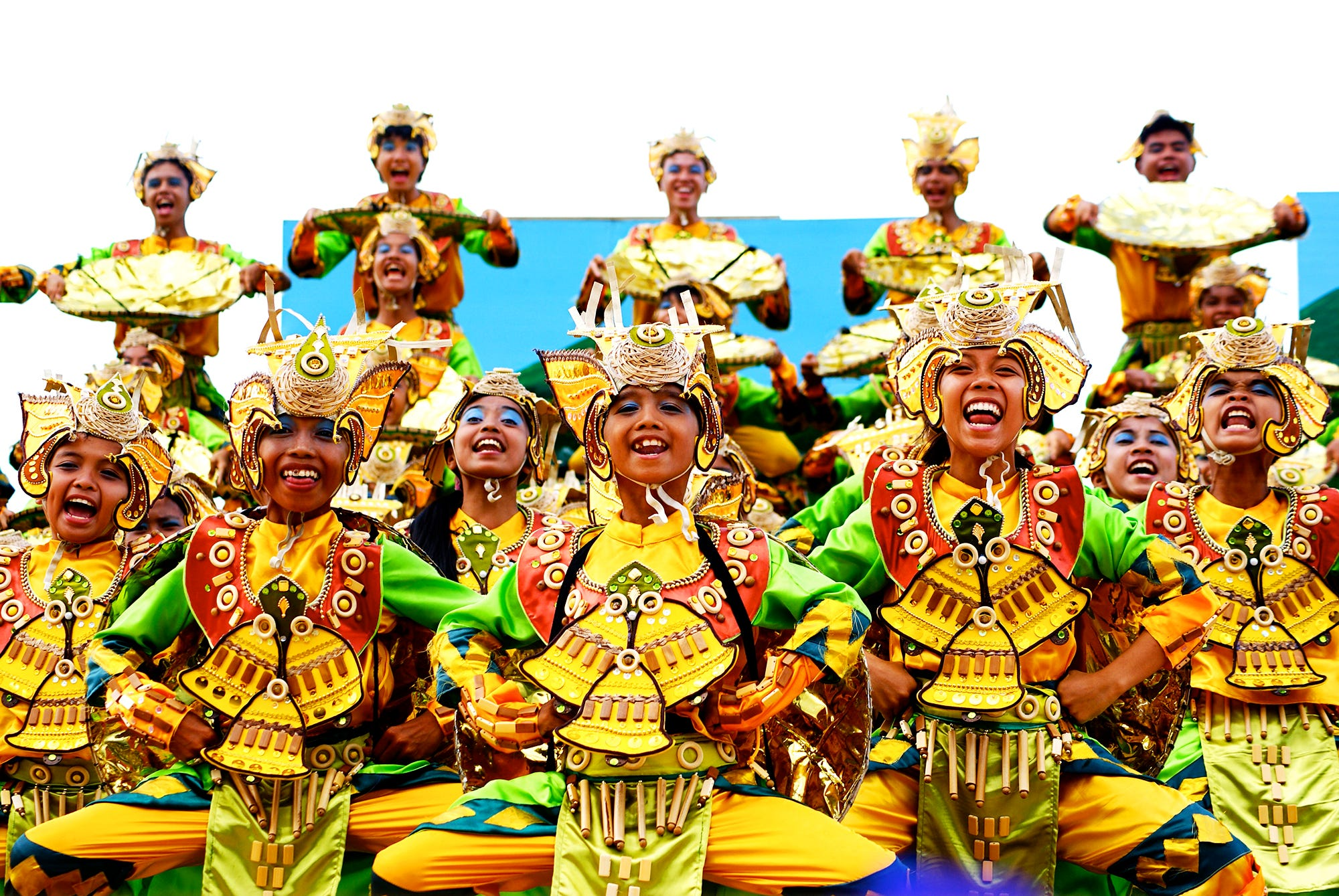
Religious ceremonies, including the "Kasadyaan" thanksgiving mass, and a float parade depicting the province's history and culture round out the festivities. Pintados-Kasadyaan draws thousands of tourists and locals each year, considered one of the grandest festivals in the Philippines.
10. Sandugo Festival (Bohol)
The Sandugo Festival in Bohol commemorates the historic blood covenant (Sandugo) between Datu Sikatuna and Spanish Explorer Miguel Lopez de Legazpi in 1565.
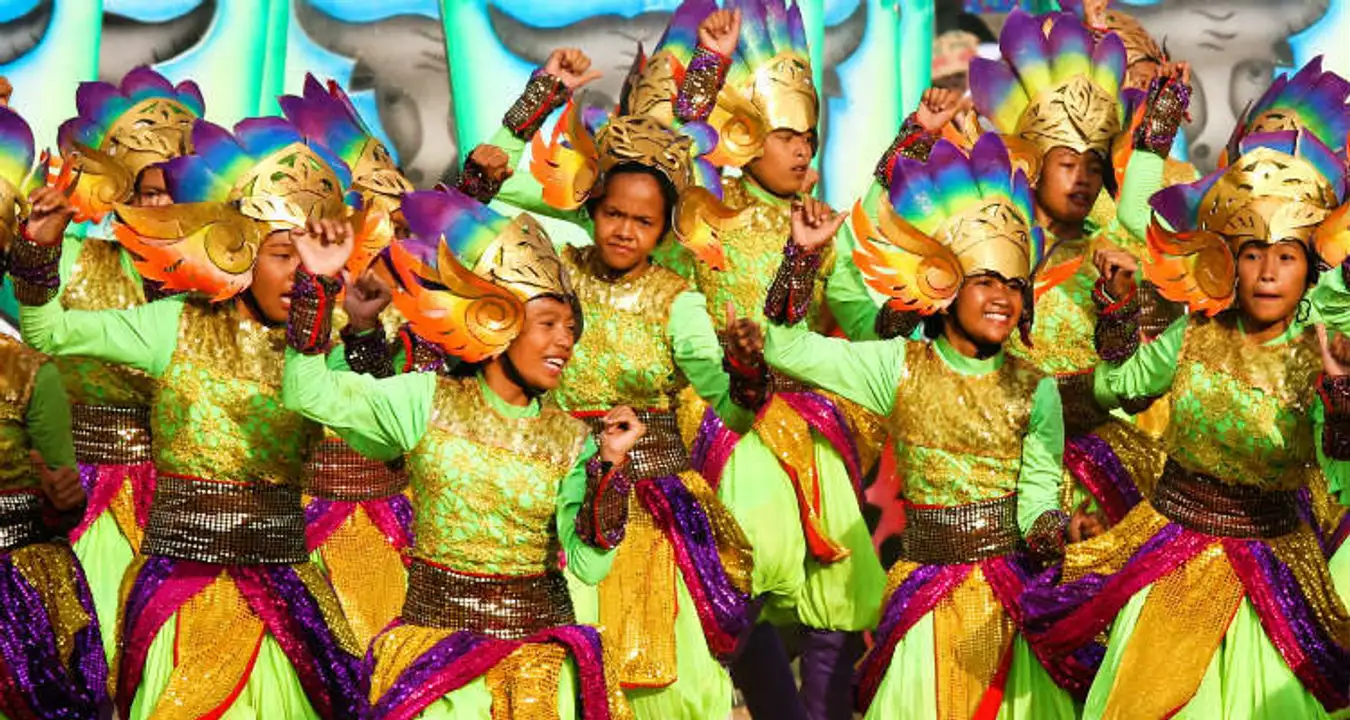
It takes place every July in Tagbilaran City, the capital of Bohol, and features cultural and historical activities, parades, dances, and reenactments of the blood compact ceremony. The festival symbolizes unity and friendship and promotes Bohol's rich culture and heritage.
11. Higantes Festival (Angono, Rizal)
Date: November 23
Angono, Rizal's Higantes Festival, celebrated annually on November 23, coincides with the feast day of Saint Clement, the town's patron saint. Giant papier-mâché figures called "Higantes," adorned with colorful clothing, accessories, and masks, parade through the town's streets.
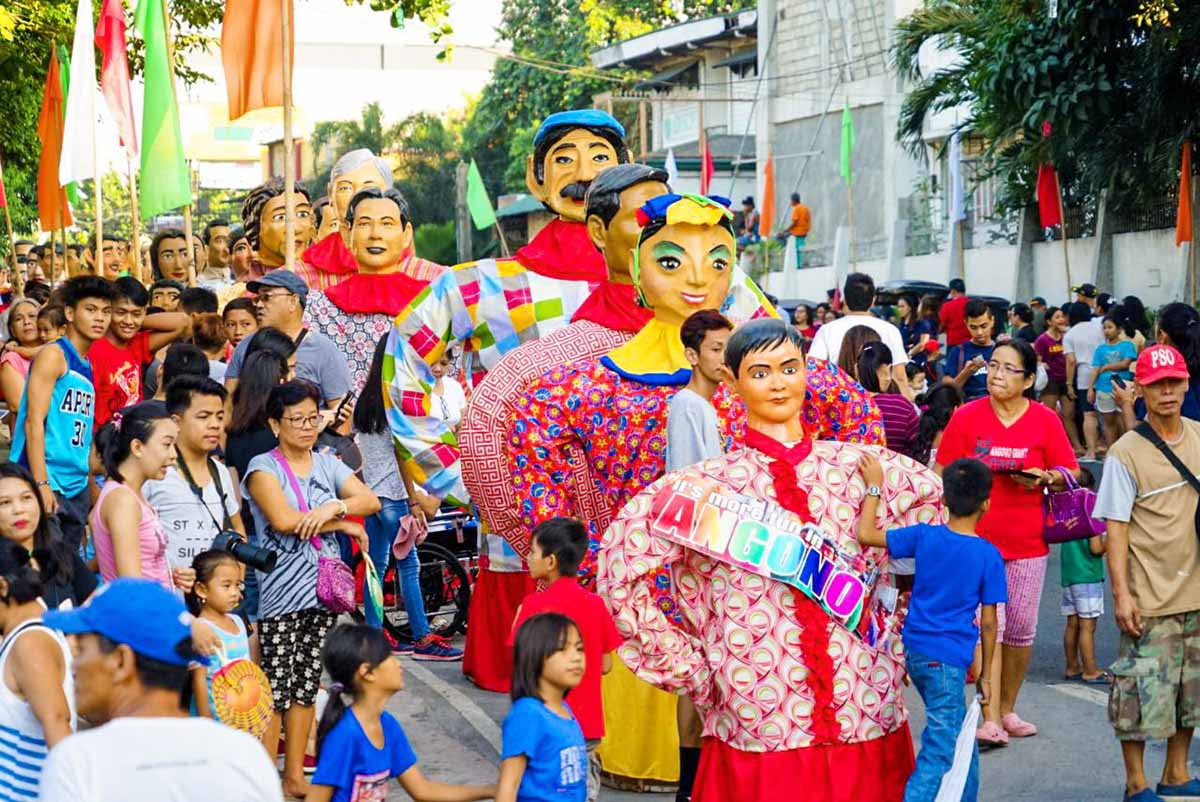
Traditional Filipino dances, music, and culinary delights add to the festivities. Higantes Festival is one of the most popular cultural festivals in the Philippines, a major tourism attraction for Angono.
These festivals, each a unique tapestry of tradition, history, and artistry, offer tourists an unforgettable journey into the heart of the Philippines' diverse cultural heritage. As vibrant showcases of the nation's soul, these events stand as irresistible magnets that continually beckon travelers to this enchanting archipelago.
12. Tuna Festival (General Santos City)
Date: September
The Tuna Festival, also known as the Tuna Capital of the Philippines Festival, is an annual event in General Santos City. This festival celebrates the city's status as a major tuna producer and promotes the fishing industry.
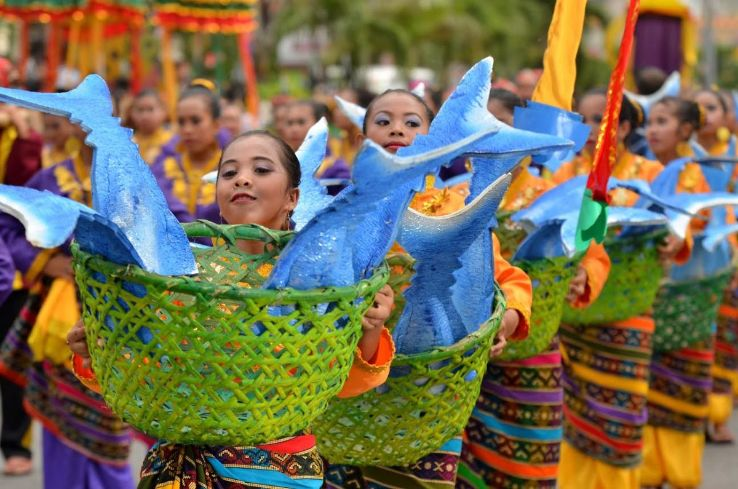
Activities include street parades, cultural shows, beauty pageants, and cooking competitions. The highlight is the Tuna Festival Street Dance Competition, featuring dancers in colorful tuna-inspired costumes. This festival, held in September, attracts both local and international visitors.
13. Kaamulan Festival (Bukidnon)
Date: February
The Kaamulan Festival in Bukidnon is an annual cultural celebration that pays tribute to the province's indigenous culture. It showcases the heritage of seven ethnic tribes: Talaandig, Higaonon, Manobo, Matigsalug, Tigwahanon, Umayamnon, and Bukidnon.
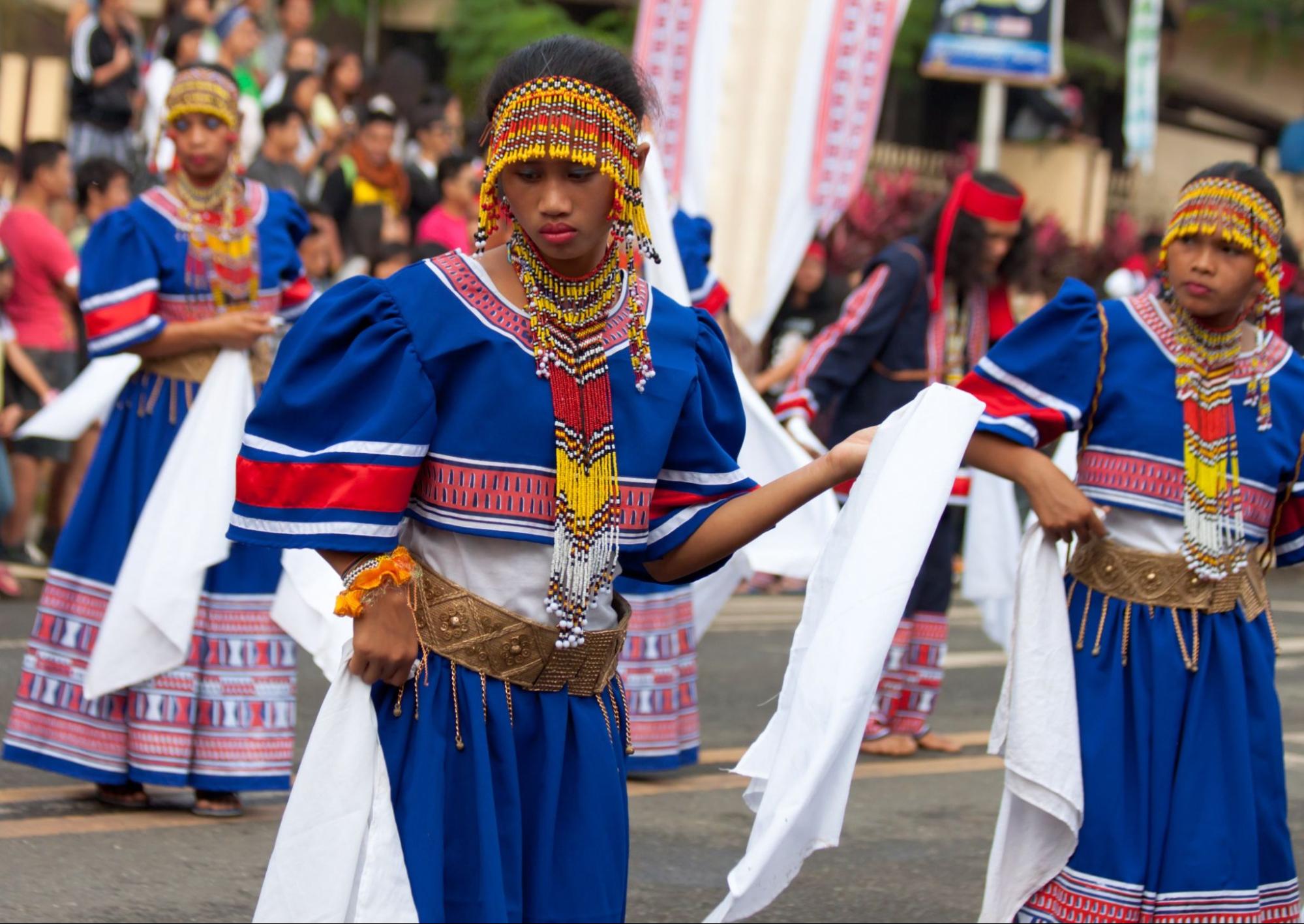
Activities include colorful parades, traditional dances, music, games, a horseback riding competition called "Pintakasi," and the "Miss Kaamulan" pageant. The festival fosters unity among the ethnic groups and promotes responsible tourism. It is held throughout February.
14. Aliwan Fiesta (Manila)
Date: April/May
The Aliwan Fiesta, organized by the Manila Broadcasting Company and the Cultural Center of the Philippines, is an annual cultural event held in Manila. It features a street parade and competition of regional festivals from across the Philippines, highlighting the nation's diverse culture.
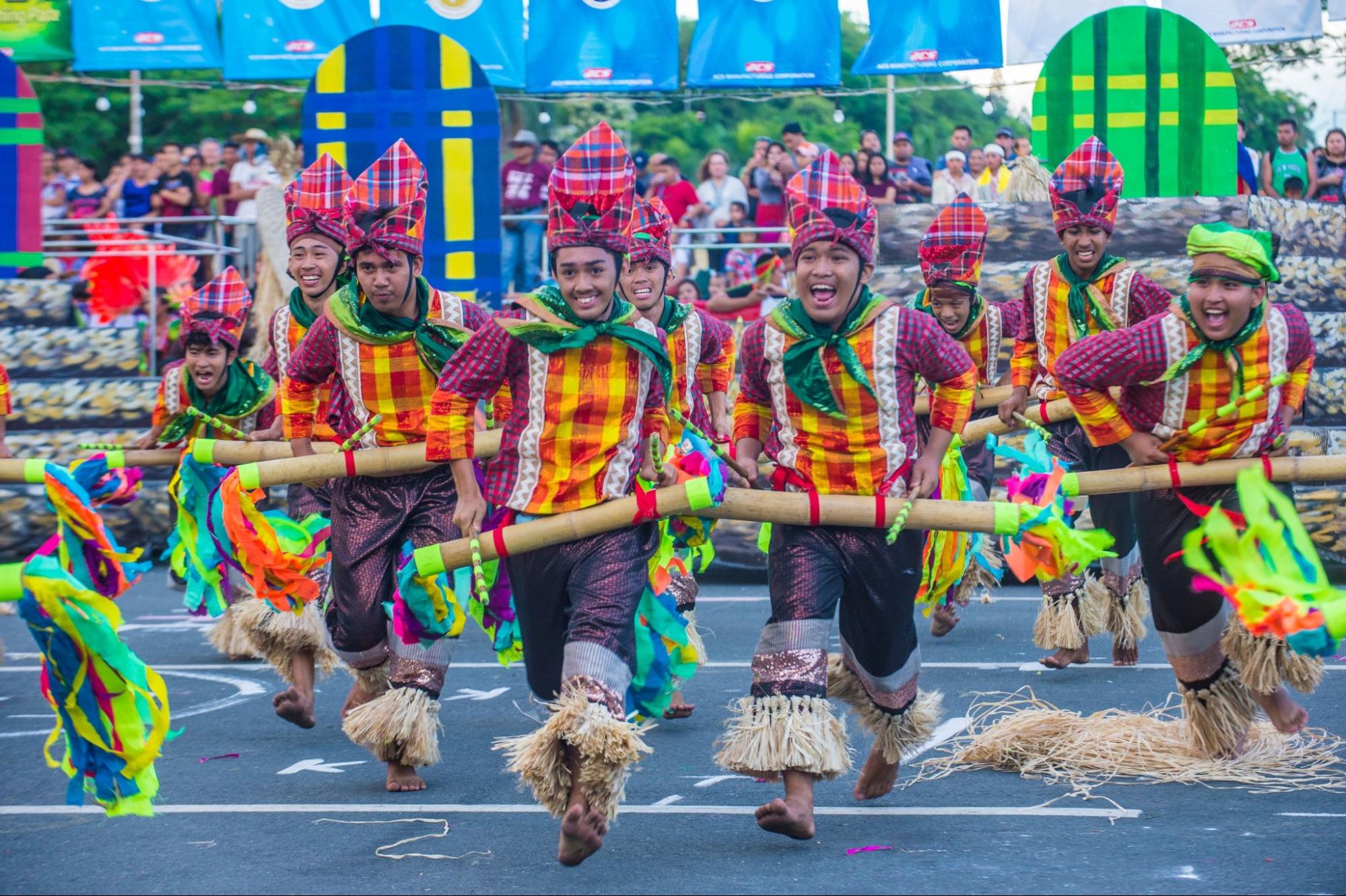
The festivals are judged based on presentation quality, including costumes, props, and choreography. The event includes live performances, food and merchandise vendors, and cultural activities. Aliwan Fiesta typically takes place in April or May, drawing thousands of visitors each year.
15. Parada ng Lechon (Balayan, Batangas)
Date: June
The Parada ng Lechon is an annual festival in Balayan, Batangas, celebrating the town's lechon (roasted pig) industry. The festival includes a parade of decorated lechon, traditional music and dance performances, and a lechon cooking competition.
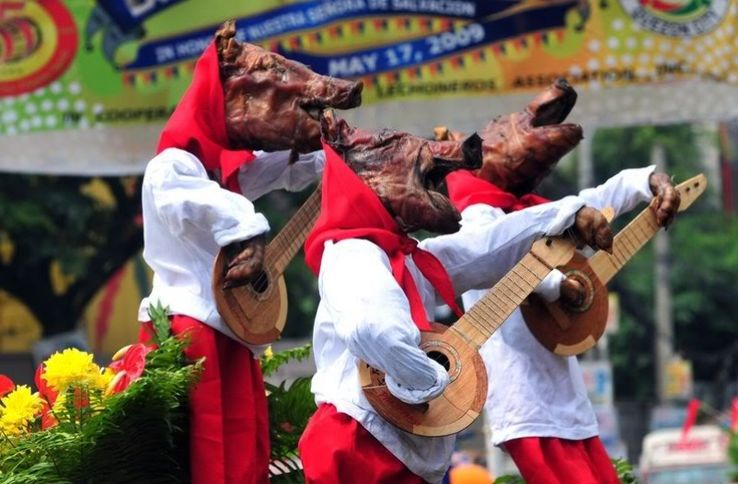
Held in June, it draws thousands of visitors from around the country, showcasing the rich culture, history, and traditions of Balayan.
16. Longganisa Festival (Vigan City)
Date: January
The Longganisa Festival is an annual event held in Vigan City, Ilocos Sur, celebrating the city's famous Vigan longganisa (Filipino sausage). The festival includes activities such as a longganisa-making contest, cooking competition, and a street parade featuring participants in traditional costumes.
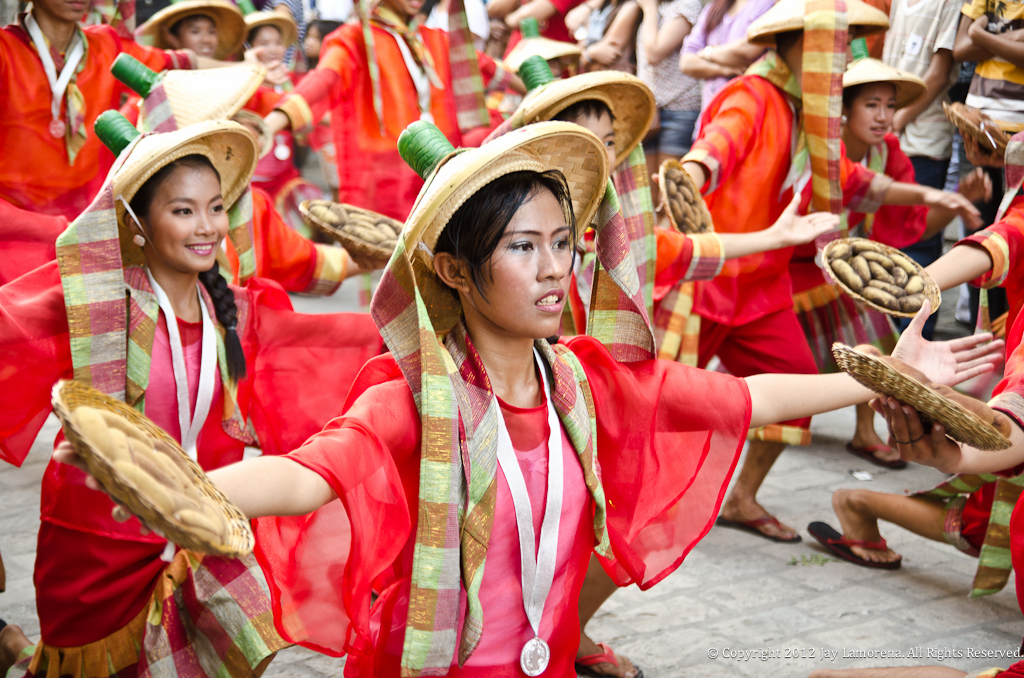
Cultural performances, food and craft fairs, and exhibits showcasing Vigan's history and culture are also part of the festival. It typically takes place in January and is a major tourist attraction for the city.
17. Sinadya sa Halaran Festival (Roxas City)
Date: December
The Sinadya sa Halaran Festival is an annual religious and cultural celebration in Roxas City, held in honor of the patron saint of the city, Our Lady of the Immaculate Conception.
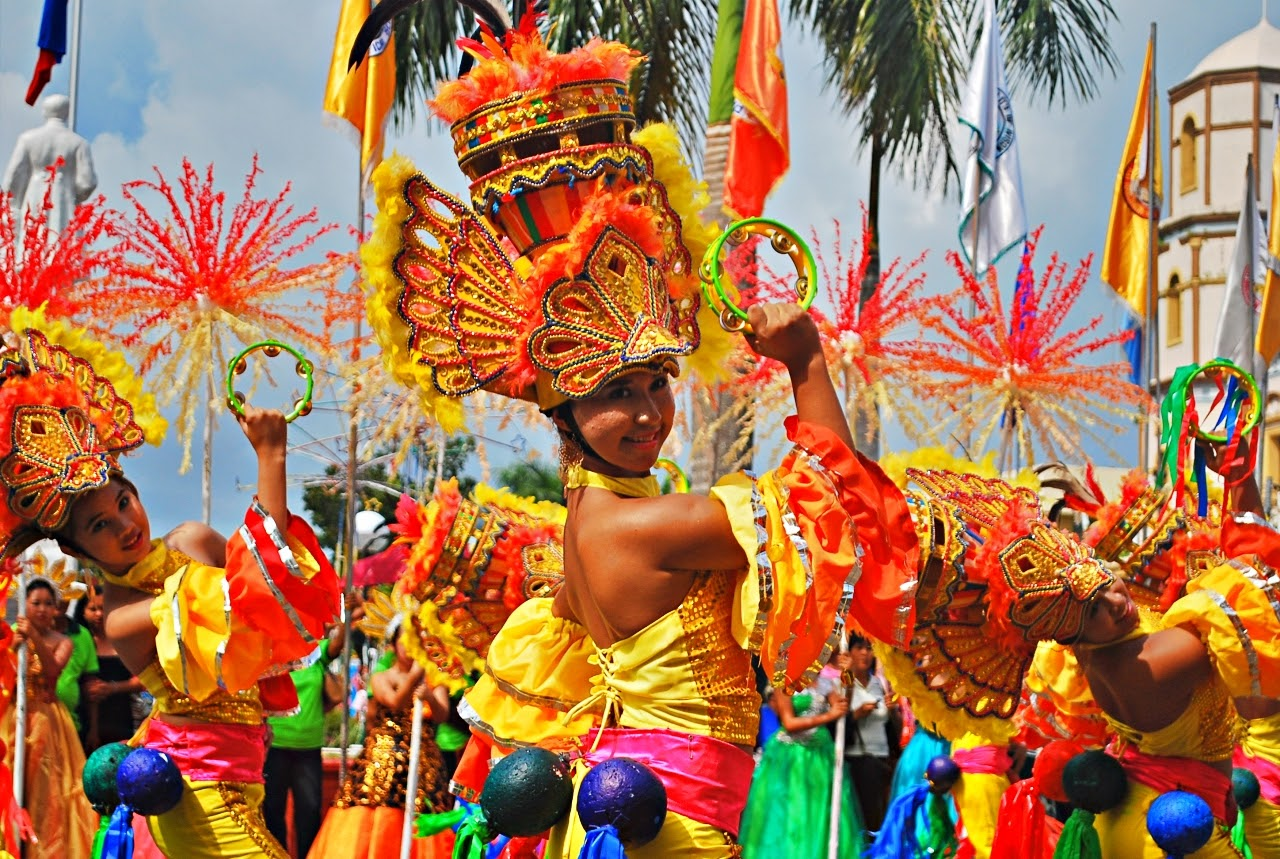
The festival includes religious processions, cultural presentations, and competitions. Celebrated in December, it lasts for a week and is known as one of the grandest and most colorful festivals in the Visayas region, attracting thousands of tourists and locals each year.
18. Kalilangan Festival (General Santos City)
Date: February
The Kalilangan Festival is an annual cultural and arts festival held in General Santos City. It showcases the diverse cultural heritage of the city through performances, competitions, and exhibits.
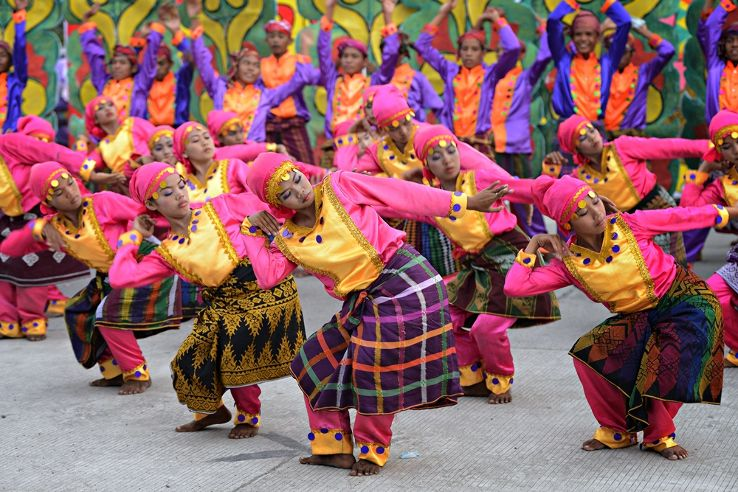
The festival features traditional dances, music, and other forms of artistic expression, as well as food and craft fairs. Kalilangan usually takes place in February and is considered one of the most important cultural events in the region.
19. Seslong Festival (T'boli)
Seslong Festival is a celebration of the economic and social activities of the T'boli people, involving barter and exchange in an exact location and time. It is accompanied by merrymaking and typically showcases the interplay of cultures.
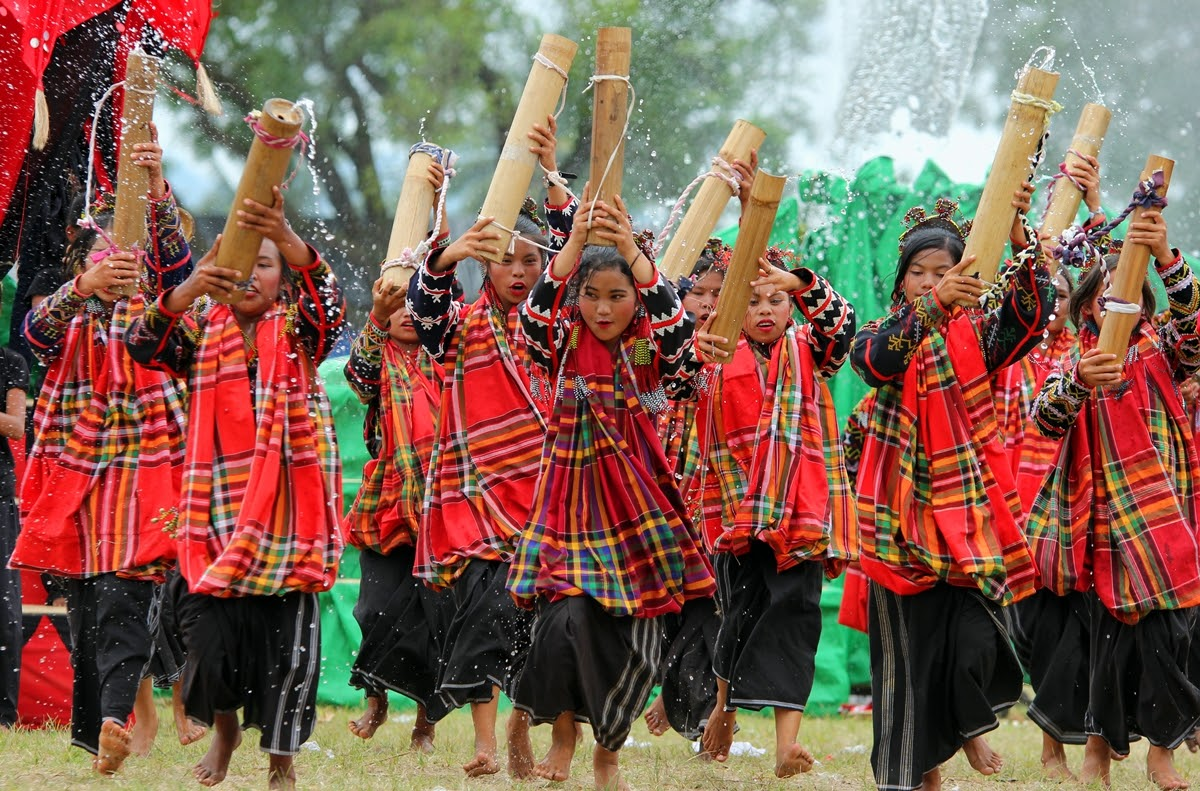
20. Bangsi Festival (Maitum)
The Bangsi Festival celebrates the abundance of "bangsi" or flying fish in Maitum, Sarangani. The festival features a parade of decorated lechon, traditional music and dance performances, and a lechon cooking competition. It typically takes place in June and is known for its colorful and vibrant celebrations.
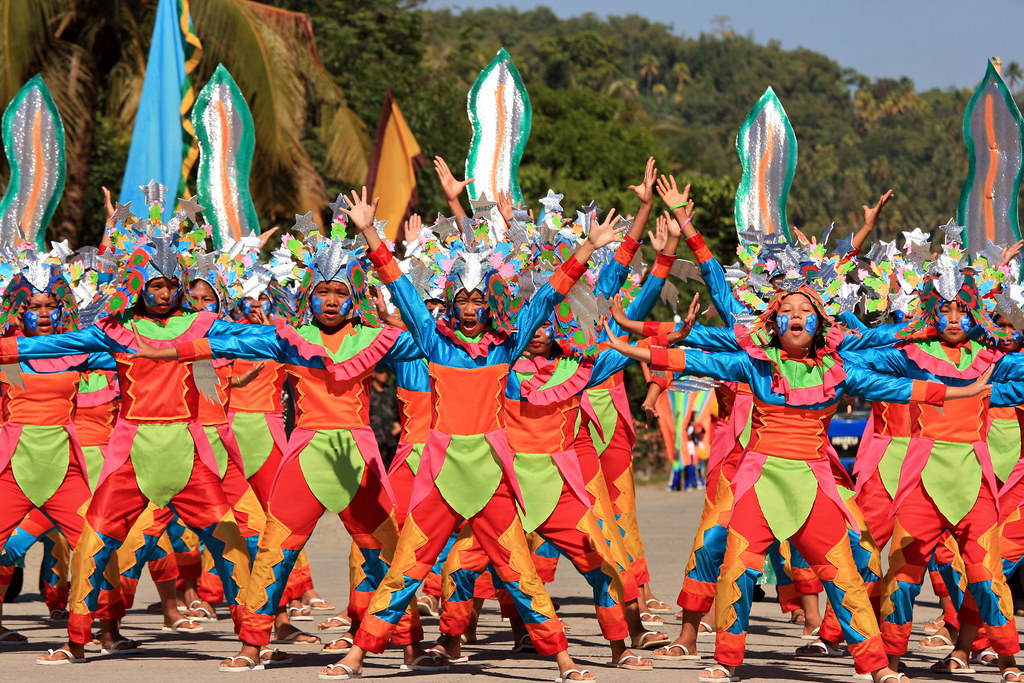
21. Hinugyaw Festival (Koronadal City)
The Hinugyaw Festival in Koronadal City is a colorful celebration depicting the fusion of B'laan, Maguindanaon, and Christian cultures. The festival includes street dancing parades, talent shows, beauty pageants, sports events, and nightly street parties.
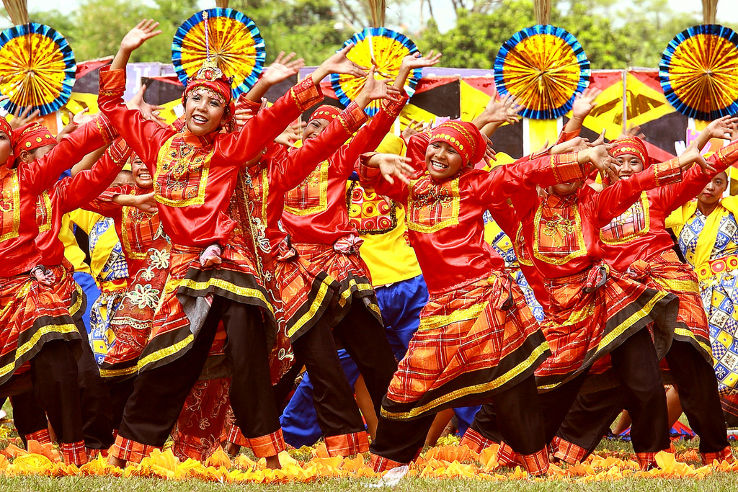
22. T’nalak Festival (South Cotabato)
The T’nalak Festival is an annual cultural and religious celebration held in South Cotabato, showcasing the culture and traditions of the T'boli people. The festival includes traditional dances, music, and performances, as well as a T’nalak weave competition. It typically takes place in July and is a major tourist attraction in South Cotabato.
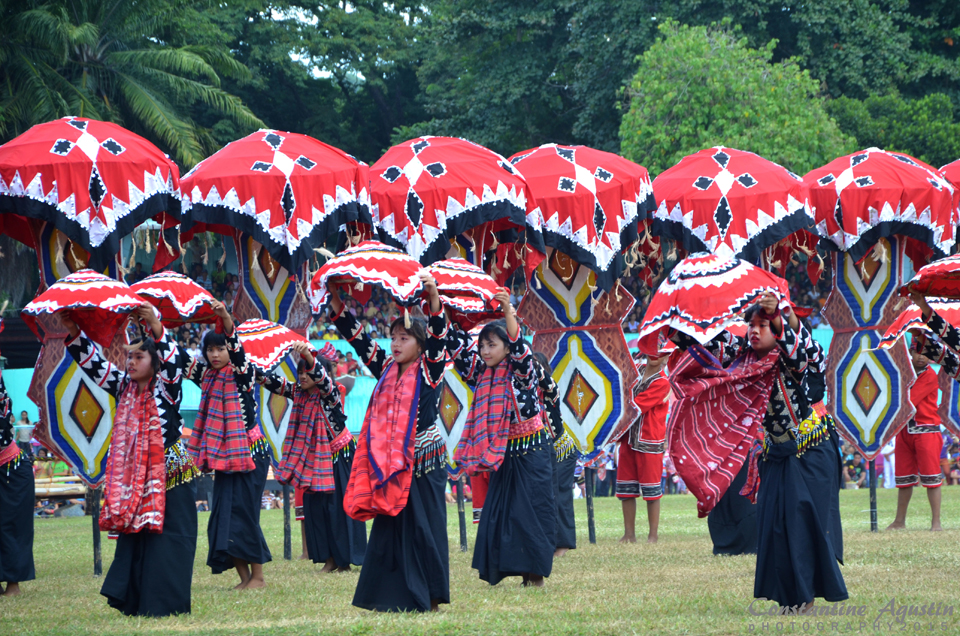
23. Kalimudan Festival (Sultan Kudarat)
Kalimudan Festival celebrates the founding anniversary of Sultan Kudarat province and highlights the distinct cultures of the B'laan, Maguindanaons, and Christians. It features street dancing parades, talent shows, and beauty pageants.
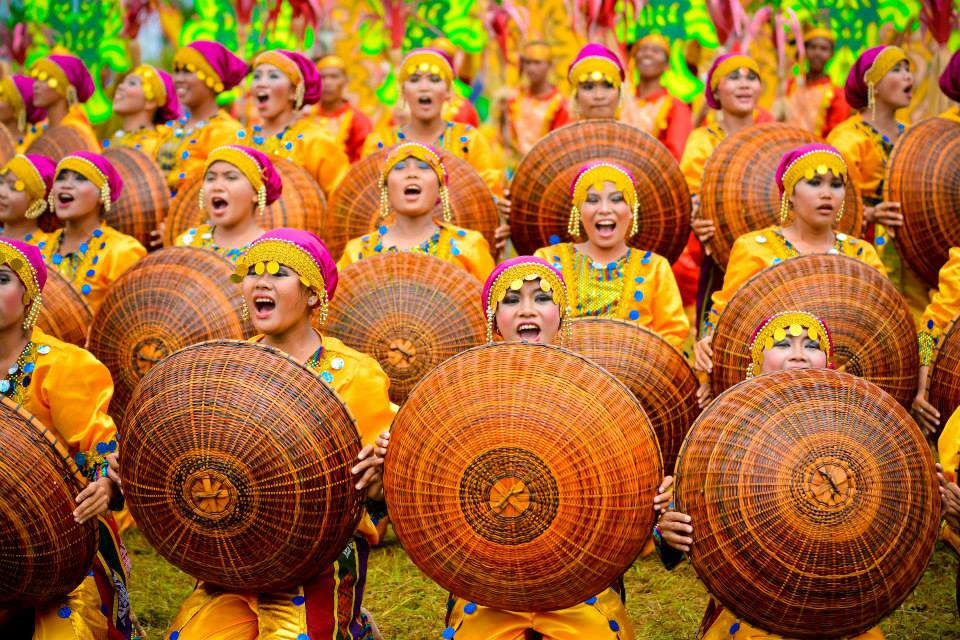
These festivals further enrich the cultural tapestry of the Philippines and provide captivating experiences for both tourists and locals alike.
FAQ
What are the Exciting Festival Events in the Philippines?
Some of the most exhilarating festivals in the Philippines include:
- Sinulog Festival in Cebu City: Celebrated on the third Sunday of January, this festival is one of the most renowned and globally recognized in the country, drawing millions of attendees. It continues to gain popularity, particularly among the younger generation.
- Ati-Atihan Festival in Kalibo, Aklan: This festival is a vibrant celebration of indigenous culture and takes place in Kalibo, Aklan.
- Dinagyang Festival in Iloilo City: The Dinagyang Festival, held in Iloilo City, is known for its lively street performances and devotion to the Santo Niño.
- Panagbenga Festival in Baguio City: Located in the "Summer Capital of the Philippines," this flower festival features extravagant floats and street dancing.
- Kadayawan Festival in Davao City: The Kadayawan Festival in Davao City showcases the region's rich cultural heritage and bountiful harvests.
Why Are Festivals Important in Philippine Tourism?
Festivals play a pivotal role in promoting tourism in the Philippines for several reasons:
- Cultural Attraction: Philippine festivals provide tourists with a unique opportunity to experience the diverse and rich cultures of the country, showcasing traditional dances, music, clothing, and more.
- Economic Boost: These festivals bring in tourists from around the world, injecting money into local economies. This boost in tourism-related revenue supports businesses and communities.
- Job Opportunities: The increased tourism generates job opportunities in various sectors, including hospitality, transportation, and the arts.
- Cultural Exchange: Festivals promote cultural exchange, fostering understanding and appreciation of the Philippines' traditions and heritage.
- National Growth: The growth of tourism through festivals contributes to the overall development of the country.
What Is the Most Visited Festival in the Philippines?
The most visited festival in the Philippines is the Sinulog Festival, which takes place on the third Sunday of January in Cebu. Attracting millions of attendees every year, it is not only one of the most famous festivals in the Philippines but is also internationally renowned. Its popularity continues to grow, particularly among younger generations.
What Do Festivals in the Philippines Offer People a Chance to Exhibit?
Festivals in the Philippines provide people with a platform to showcase their rich culture, express their devotion to patron saints, and pay homage to historical events. These festivals are grand, vibrant, and filled with elaborate displays of tradition, art, and faith. Each province takes immense pride in its Filipino Fiesta, celebrating and exhibiting its unique cultural heritage.
What Makes Philippine Festivals Unique from Festivals Around the World?
Philippine festivals are distinctive because they are town fiestas that celebrate pivotal moments in history that have shaped the identity, politics, and locality of each region. While arts and culture are integral to these festivities, they serve as a textured backdrop rather than the central focus. These festivals are a living expression of the Philippines' history, culture, and spirituality, making them unique and deeply rooted in the nation's identity.
To obtain a Philippines eVisa
- Step1: Complete the online application by providing your passport details.
- Step2: Submit payment online using a credit card.
- Step3: Monitor your email for confirmation of payment and receipt of your eVisa, which will be sent electronically.
